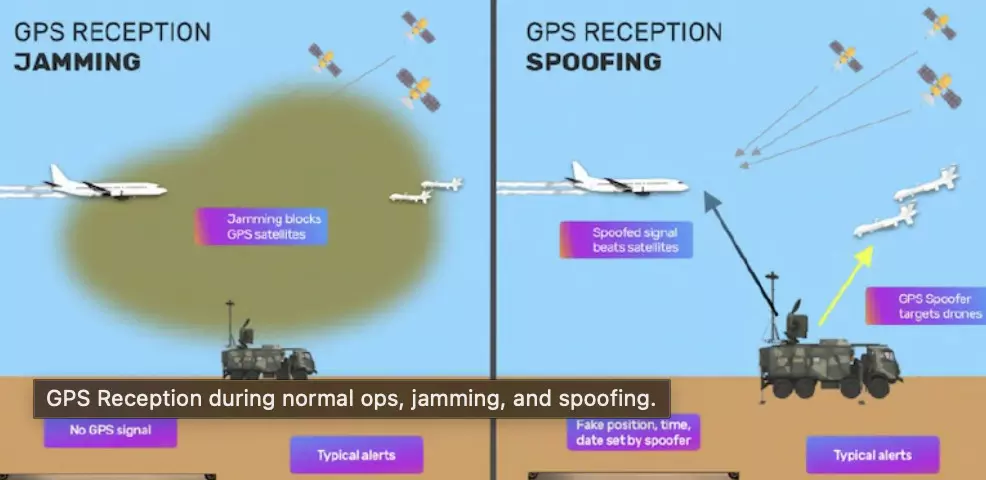What Is GPS spoofing and jamming in aircraft — And how dangerous Is It?
What Is GPS spoofing and jamming in aircraft — And how dangerous Is It?

Aircraft heavily depend on the Global Navigation Satellite System (GNSS), commonly known as GPS, to determine their precise location. But what happens when those signals are tampered with? Recently, concerns around GPS “spoofing” and “jamming” surfaced after Indian Air Force (IAF) aircraft faced potential interference while conducting relief operations in earthquake-stricken Myanmar.
Indian Air Force Responds to GPS Interference Reports
The Indian Air Force has confirmed that despite reports of GPS spoofing and jamming near Mandalay International Airport in Myanmar, “every mission was achieved as planned.” The airport had earlier issued a Notice to Airmen (NOTAM) warning of possible degraded GPS availability in the area.
The IAF clarified that necessary precautions were taken, and their crews are well-trained to handle such situations. “All due precautions were put in place to cater for such conditions. IAF crew are well capable to handle such unavailability, while ensuring the safety of flight and achievement of the designated task or mission,” the Air Force stated.
What Are GPS Jamming and Spoofing?
Aircraft use GNSS signals to determine their exact position, which is then shared via systems like Automatic Dependent Surveillance-Broadcast (ADS-B) to air traffic control and other aircraft.
However, these signals can be disrupted in two ways:
GPS Jamming:
Jamming involves overwhelming the aircraft’s GPS receiver with interfering signals, blocking its ability to accurately detect location data.
This interference can occur naturally, through solar storms or other environmental factors. But increasingly, such disruptions are being observed in conflict zones, often attributed to deliberate human actions.
Because GPS signals are weak by the time they reach aircraft from satellites, even a small, hand-held device can transmit disruptive signals on the same frequency, effectively confusing the aircraft's navigation system.
GPS Spoofing:
Spoofing is more dangerous and always intentional. It involves sending fake GPS signals that mimic the real ones.
In normal operations, an aircraft’s receiver picks up signals from multiple satellites to determine its Position, Navigation, and Timing (PNT). During a spoofing attack, a ground-based transmitter sends out false signals that the aircraft interprets as legitimate, potentially misleading it about its true location or timing.
These counterfeit signals can trick the system into displaying an entirely different position, creating serious safety risks.
Should We Be Worried?
While such incidents are alarming, militaries like the Indian Air Force train extensively to handle degraded or deceptive GPS environments. Backup systems, pilot training, and operational protocols help mitigate the risks. However, as conflicts grow increasingly digital, both jamming and spoofing remain significant threats to civil and military aviation worldwide.
The IAF’s swift and successful completion of its humanitarian missions in Myanmar, despite these challenges, demonstrates the importance of preparedness in handling modern airborne threats.

